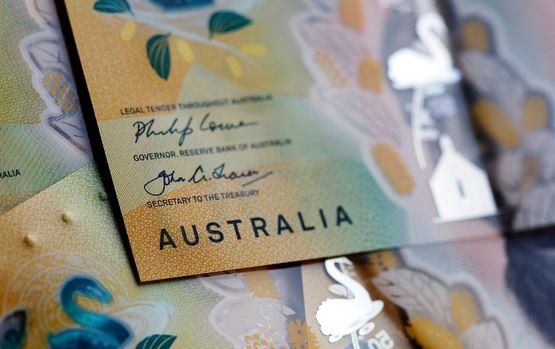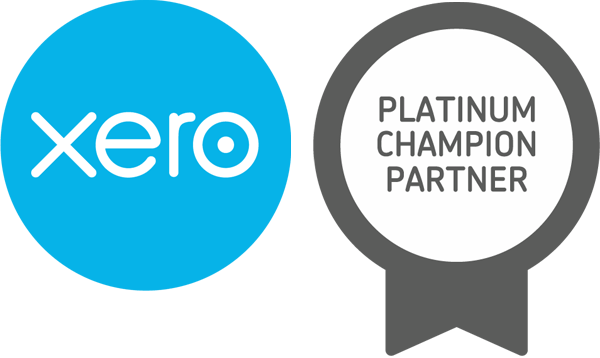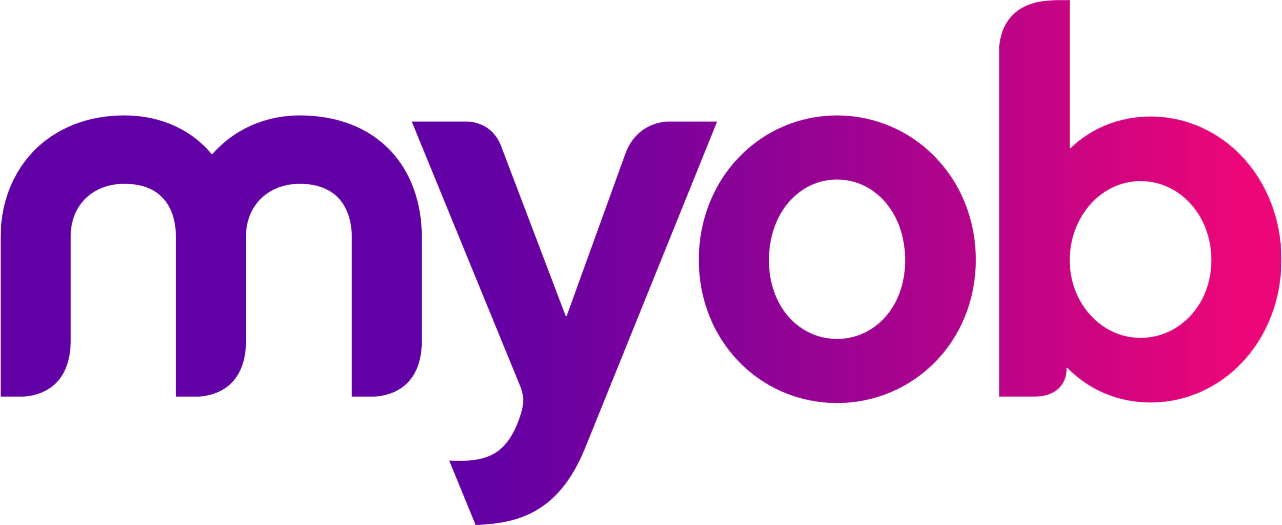2022-23 Australian Federal Budget

FEDERAL BUDGET
The Federal Budget was handed down on 25 October 2022.
Main outcomes from the budget to note are:
Personal Tax Rates – No Changes to previously slated Tax Rate Changes
As previously introduced by the previous government, Labour ruled out making any changes to the contentious stage three tax cuts package. The third tranche of tax cuts are due to come into effect for the 2024 financial year. The cuts mean anyone earning $45,000 to $200,000 will pay no more than 30c in tax for every dollar they earn.
Superannuation – expanding eligibility for downsizer contributions
The Government will allow more people to make downsizer contributions to their superannuation by reducing the minimum eligibility age from 60 to 55 years of age. The measure will have effect from the start of the first quarter after the Royal Assent of the enabling legislation.
The downsizer contribution allows people to make a one-off post-tax contribution to their superannuation of up to $300,000 per person from the proceeds of selling their home. Both members of a couple can contribute, and contributions do not count towards non-concessional contribution caps.
This measure provides greater flexibility to contribute to superannuation and aims to encourage older Australians to downsize sooner to a home that better suits their needs, thereby increasing the availability of suitable housing for Australian families.
Low income tax offsets - LMITO not extended to 2022-23
The 2022-23 October Budget did not announce any extension of the low and middle income tax offset (LMITO) to the 2022-23 income year. The LMITO has now ceased and been fully replaced by the low income tax offset (LITO).
With no extension of the LMITO announced in the October Budget, 2021-22 was the last income year for which the offset was available. As a result, low-to-middle income earners may see their tax refunds from July 2023 reduced by between $675 and $1,500 (for incomes up to $90,000 but phasing out up to $126,000), all other things being equal.









